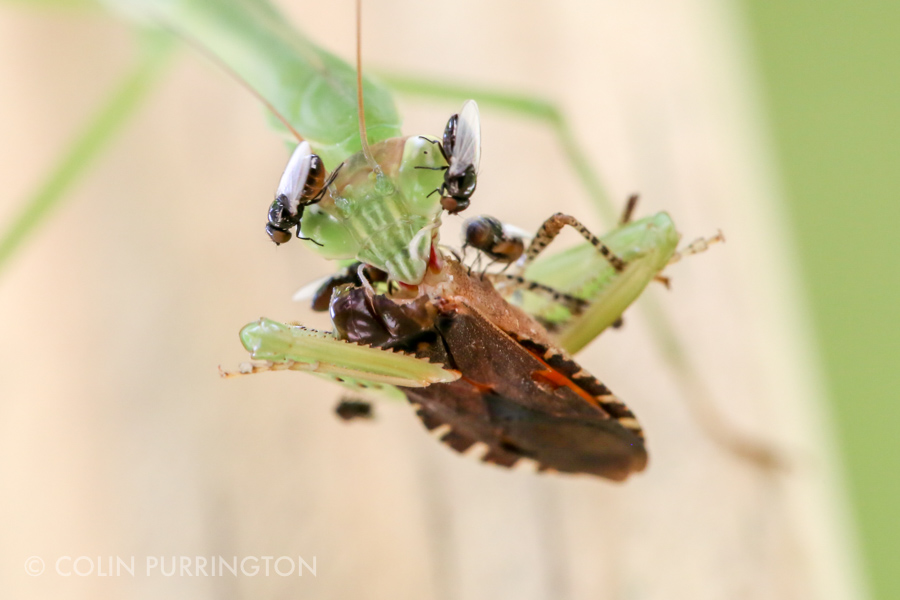If you’ve never been up close to a blinking bird, here’s a GIF that slows down the blink in a sharp-shinned hawk (Accipiter striatus). In addition to using the nictitating membrane to moisten their eye, birds of prey invoke them to protect their eyes from branches during a hunting approach and from prey that might fight back. Humans, sadly, don’t have them anymore, save a little bit of tissue called the plica semilunaris.
As an aside, there’s something rather unnerving about a science fiction movie in which a human is portrayed with functioning membranes. I wonder whether part of our reaction (or my reaction, if it’s just me) is that the membranes might signal the onset of aggressive behavior, where the aggressor is about to strike and wants full protection. I wonder whether animals with functioning nictitating membranes have such a perception. Wouldn’t surprise me.


